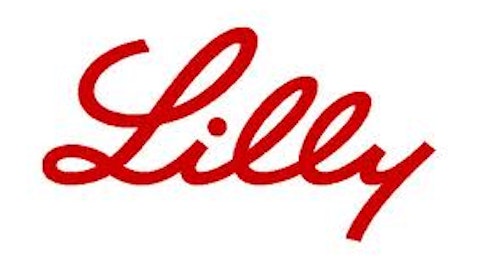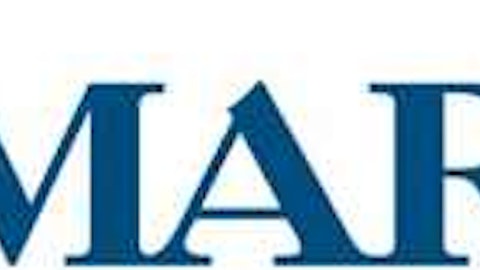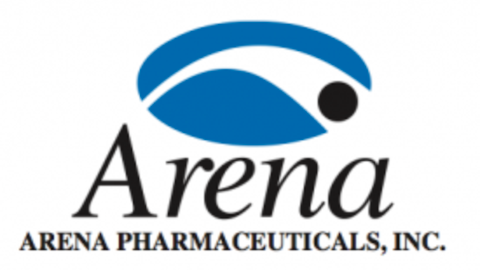A year ago, AVI BioPharma underwent a process from being an $85 million biotechnology company to a $1.3 billion company called Sarepta Therapeutics Inc (NASDAQ:SRPT). All of this was possible with just one product (eteplirsen), 12 patients, and an exon-skipping technology that is producing unprecedented results and creating buzz on Wall Street.
What’s creating the buzz?
Sarepta Therapeutics Inc (NASDAQ:SRPT) saw one of the biggest single day jumps of 2012 when it rose from $15 to $45 on Phase 2 data from eteplirsen. This drug treats Duchenne muscular dystrophy (DMD), which due to the inability to produce proper protein, patients lose their ability walk and only live to their 20s.
This is a rare disease, only a dozen patients were treated, but by using eteplirsen, patients were able to walk in six minutes. These results were unprecedented – something we’d never seen before – and were all possible due to an exon-skipping mechanism.
What is exon skipping?
Exon skipping involves a process where Sarepta Therapeutics Inc (NASDAQ:SRPT) modifies the disease to “skip” an exon in the dystrophin gene. This allows the repair of certain genetic mutations, and produces a functional form of dystrophin.
As a former biopharmaceutical professional, I can tell you that 10 years ago (even five years ago) this was considered impossible! Thus, Orphan designations have been awarded, hype has been created, and Sarepta Therapeutics Inc (NASDAQ:SRPT) has flown higher!
Is DMD getting crowded?
One of the more significant problems that Sarepta Therapeutics Inc (NASDAQ:SRPT) faces is that DMD is a small indication – affecting just 8,000 males in the U.S. – and it is getting crowded!
Back in October 2012, analysts immediately jumped on the side of Sarepta Therapeutics Inc (NASDAQ:SRPT), saying that its drug eteplirsen could produce sales north of $700 million annually.
However, GlaxoSmithKline plc (ADR) (NYSE:GSK) is emerging as a real competitor. The company is developing Drisapersen, which uses the same exon-skipping technology and treats the same disease. In a Phase 2 trial, GlaxoSmithKline also saw very impressive results, but also had some side effects associated with the drug including kidney toxicity.
While Sarepta Therapeutics Inc (NASDAQ:SRPT) bulls point to the side effects associated with GlaxoSmithKline plc (ADR) (NYSE:GSK)’s Drisapersen, they must also remember that Glaxo has tested its drug on 54 patients in Phase 2. Sarepta has only tested a handful of patients. Hence, it is hard to know if any such side effects would arise in a larger study.
Aside from Big Pharma competition, and the marketing power that comes with it, there are also smaller players in the space. PTC Therapeutics recently filed an IPO and trades with a market cap of nearly $400 million.
The company develops small-molecule drugs for serious and life-threatening disorders. Its product, ataluren, does not use the exon-skipping technology used by Sarepta Therapeutics Inc (NASDAQ:SRPT) and GlaxoSmithKline plc (ADR) (NYSE:GSK), but has been granted an Orphan designation in both the U.S. and in Europe.
Luckily for Sarepta Therapeutics Inc (NASDAQ:SRPT) (and Glaxo), PTC Therapeutics is targeting a specific type of DMD, caused by nonsense mutations, called nmDMD. While this narrows its potential, it would also crowd the DMD space as a third treatment in a small market.
PTC Therapeutics has initiated a confirmatory Phase 3 trial for ataluren, and many Sarepta Therapeutics Inc (NASDAQ:SRPT) bulls feel confident because PTC did fail to meet its primary endpoint in a recent Phase 2b clinical trial. However, PTC is confident that the collective data, including its subgroup analysis, showed clinically meaningful improvements over placebo.
Is DMD the new prostate cancer?
Sarepta has been awarded a very large premium relative to peak sales, and it doesn’t appear that Wall Street has adjusted its valuation to reflect the threat of new competition and shared revenue. In many ways, this reminds me of Dendreon Corporation (NASDAQ:DNDN) and its prostate cancer drug Provenge.
Back in 2010, Provenge was considered the greatest thing since sliced bread. It was heralded as the can’t miss biotech play, and a company whose technology superseded all others (sound familiar?).
Immediately, peak sales for Provenge were guided at a consensus of $1.1 billion, with some guiding as high as $2 billion. Looking back, analysts didn’t account for its high COGS, the lack of launch experience, and the growing congestion in the prostate cancer market.




